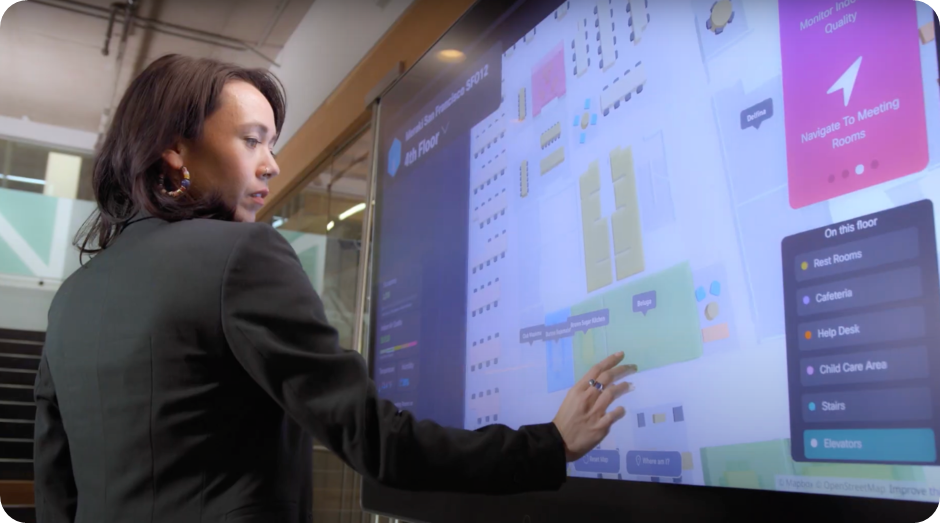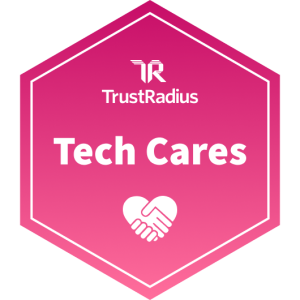
In today’s rapidly advancing technological landscape, the concept of smart spaces has emerged as a game-changer among enterprises. They utilise smart spaces technology to create seamless and intelligent experiences for users, enhancing productivity and improving overall well-being. Smart spaces leverage technologies such as Internet of Things (IoT), beacons and wireless infrastructure, to optimize visitor experiences, enhance safety measures and boost productivity. Let’s explore their benefits, the technologies involved and real-world implementation strategies to answer the question: “what are smart spaces?”
What are Smart Spaces?
Smart spaces are indoor environments that are equipped with a network of sensors, IoT devices, and intelligent infrastructure to collect and analyze indoor location data. This data is then utilized to improve the functionality and efficiency of the space, making it more responsive to the needs of visitors and staff.
How Smart Spaces Help
The integration of smart spaces technology within indoor spaces brings several benefits to occupants. Smart spaces provide personalized and comfortable experiences, adjusting lighting, temperature and other factors based on real-time data. Additionally, they enhance safety by monitoring occupancy levels, detecting hazards, and enabling efficient emergency response. Furthermore, smart spaces optimize productivity by offering seamless collaboration tools, efficient space utilization, and streamlined workflows.
What are Examples of Smart Spaces in Action?
Sensors play a crucial role in capturing data related to occupancy, temperature, air quality and other environmental factors. IoT devices, such as smart thermostats and lighting systems, enable remote control and automation. Advanced analytics and machine learning algorithms process the collected data to generate insights and predictions for optimization.
Examples of Smart Spaces in Action
- Smart Offices: Smart offices integrate IoT devices and sensors to create a connected workplace. Employees can easily locate available meeting rooms, control their individual workspaces and access real-time data for better decision-making.
- Smart Campuses: Educational institutions utilize smart spaces to enhance campus safety, automate administrative processes, and offer seamless connectivity to students and staff.
- Smart Venues: Event spaces and stadiums leverage smart technologies to improve crowd management, enhance visitor experiences, and optimize resource utilization.
- Smart Healthcare Facilities: Smart spaces revolutionize healthcare with patient monitoring, staff duress, medical equipment tracking for improved patient care.
Implementing smart spaces yields numerous advantages, including:
- Enhanced Safety
Real-time monitoring and analytics enable proactive identification of safety risks, ensuring a secure environment for occupants. - Improved Office Productivity
Smart spaces streamline workflows, optimize space utilization and automate routine tasks, allowing employees to focus on strategic activities. - Enhanced User Experience
Personalization and customization of indoor spaces based on real-time data, leads to a comfortable and tailored experience. - Energy Efficiency
Smart spaces optimize energy consumption by automatically adjusting lighting, heating and cooling based on occupancy and environmental conditions. - Cost Savings
Optimized resource utilization and energy efficiency result in significant cost savings for organizations.
Explore the Cisco Spaces Solution
Cisco Spaces is a cloud-based platform that turns your buildings into smart spaces by using your existing Cisco network as a sensor. It offers a scalable solution that connects people, things and spaces without the need for additional hardware to drive efficiency, cost savings and user experiences.
Explore the world of Cisco Spaces to transform your buildings into smart spaces.



